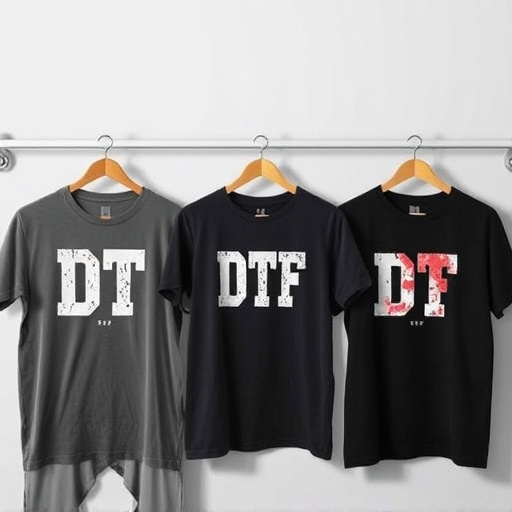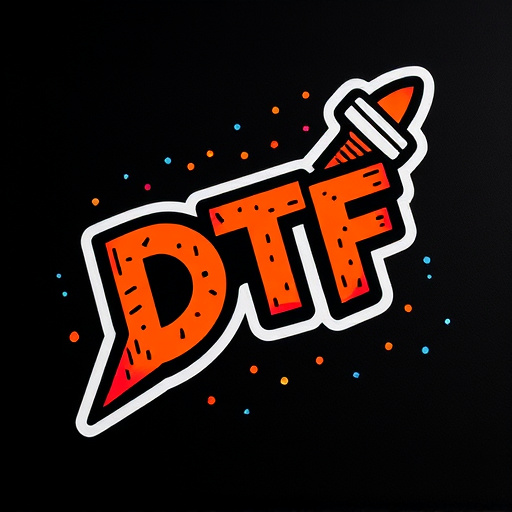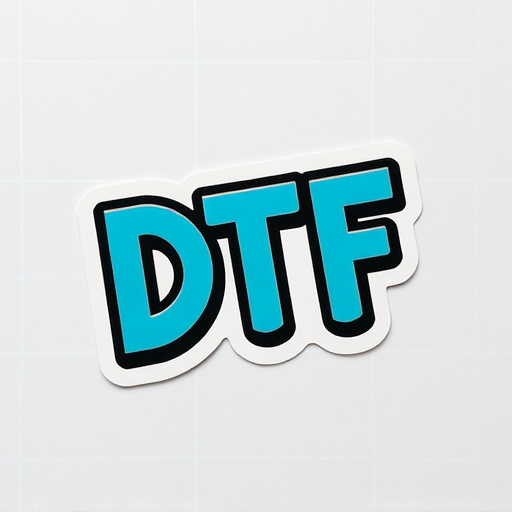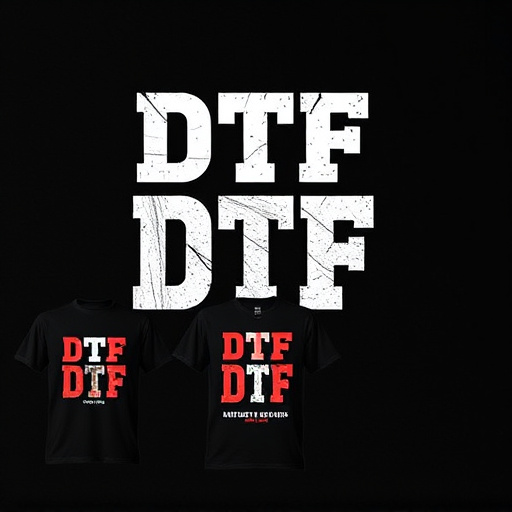Optimize productivity with dedicated storage for Custom DTF Transfers Ready To Press, organizing alphabetically or by design. Store transfers in cool, dry conditions using acid-free containers to preserve quality. Implement color-coded labels and barcodes for efficient tracking, matching designs with garments for accurate inventory management.
Storing custom DTF (Direct to Fabric) transfers ready to press is a crucial step in ensuring efficient production. This guide walks you through optimizing your workstation, organizing transfer sheets, and implementing a robust labeling and tracking system. By following these steps, you’ll streamline the process, minimize waste, and maximize productivity when it’s time to print your custom designs onto fabric.
- Prepare Your Workstation for Efficient Storing
- Organize and Store Transfer Sheets Properly
- Implement Effective Labeling and Tracking System
Prepare Your Workstation for Efficient Storing

To ensure optimal storage for your Custom DTF Transfers Ready to Press, preparing your workstation is key. Start by clearing a dedicated space that allows for easy access and organization. Invest in sturdy, clear storage containers or folders specifically designed for DTF (Direct-to-Garment) transfers. This keeps them protected from dust and damage. Arrange them alphabetically or by design, making it effortless to locate the transfer you need. Additionally, consider using labeling systems or digital databases to further streamline the process, especially if you work with various logos DTF for clothing brands or DTF for Custom graphic tees.
A well-organized workstation not only saves time but also enhances efficiency when preparing for printing. With your DTF printer at the ready and transfers securely stored, you’ll be equipped to quickly produce high-quality custom garments with minimal hassle.
Organize and Store Transfer Sheets Properly

When storing your custom DTF Transfers Ready to Press, proper organization is key. Keep them in a cool, dry place away from direct sunlight or heat sources. Use acid-free storage containers or envelopes to protect your transfers from dirt and moisture. Arrange them alphabetically or by design, making it easy to locate specific sheets when needed. This efficient system ensures your DTF transfers remain in pristine condition for future use.
For long-term preservation, consider storing each transfer separately on acid-free paper or fabric. Avoid stacking them directly on top of each other to prevent creasing or smudging. Additionally, keep them away from any substances that could attract moisture or cause discoloration, like adhesives or sticky notes. By following these guidelines, you’ll maintain the quality of your DTF heat transfer paper, making it ready for the next press whenever inspiration strikes.
Implement Effective Labeling and Tracking System

Implementing a robust labeling and tracking system is an essential step when storing Custom DTF Transfers Ready to Press. Each transfer should be clearly labeled with relevant information such as design name, customer details, and date of creation. This meticulous process ensures that you can easily identify and locate specific transfers when needed. A simple yet effective method is to use a combination of color-coded labels and barcodes. Custom t shirts or garments associated with each transfer should also be tagged accordingly, making it convenient for staff to match the right design with the appropriate material.
A comprehensive tracking system allows you to monitor the lifecycle of these custom sheets for heat pressing designs onto garments. By recording details such as storage location, quantity, and condition, you can efficiently manage your inventory. This becomes particularly valuable when dealing with a wide range of Custom DTF Transfers, ensuring that each design is accounted for and easily retrievable for future orders or reprints.
Storing custom DTF transfers ready to press involves a systematic approach. By preparing your workstation, organizing transfer sheets, and implementing a robust labeling and tracking system, you can streamline your workflow and ensure easy access to your designs whenever needed. This efficient storage method not only saves time but also maintains the quality of your prints, making it an essential practice for any graphic designer or print shop working with DTF transfers.














